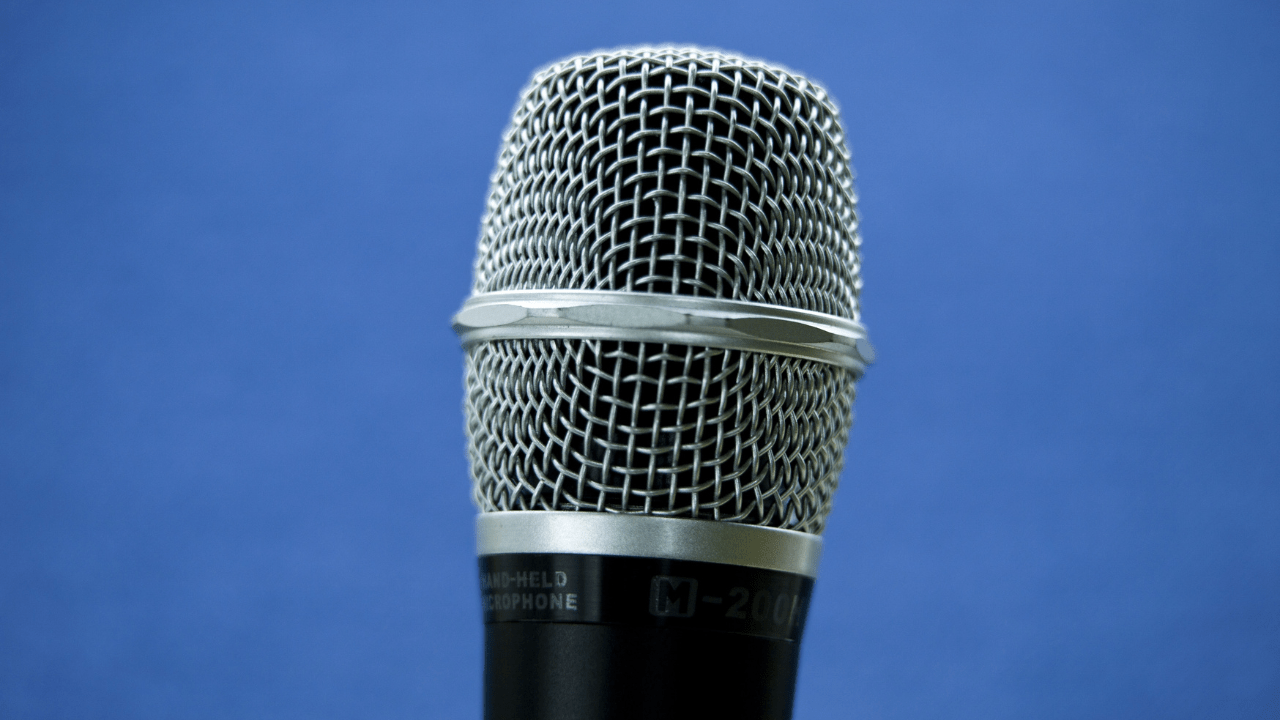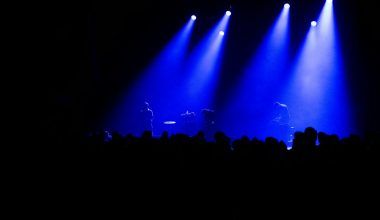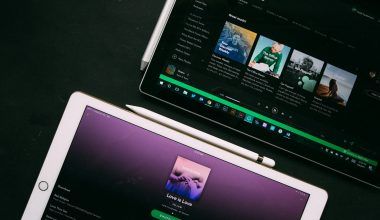Have you ever dreamt of creating music, recording your voice, or making cool beats right from your home? A home recording studio is your personal space to turn those dreams into reality. The good news? You don’t need to be rich or a tech genius to get started. All you need is some essential home recording studio equipment and a passion for music or audio.
This guide will walk you through every single thing you need for your home studio. Don’t worry—we’ll keep it simple and friendly, so you can set up your studio without stress.
1. What is a Home Recording Studio?
A home recording studio is a small, personal space where you can record music, podcasts, or other audio. Unlike big professional studios, a home studio is affordable and convenient, letting you work anytime you want.
Why build a home studio?
- Save money on renting studio time.
- Work on your schedule.
- Explore your creativity at your own pace.
Whether you’re a singer, a guitarist, or even someone who loves creating beats, having a home recording setup gives you the freedom to create magic anytime.
2. Essential Equipment for a Home Recording Studio
Let’s look at what you need to build your home recording studio. We’ve broken it down step-by-step so it’s easy to follow.
2.1. A Good Computer
Your computer is the heart of your studio. It handles everything, from recording sound to editing tracks. It doesn’t have to be fancy, but it should be fast enough.
- What to look for:
- RAM: At least 8GB (more is better for big projects).
- Storage: SSD for quick file saving.
- Processor: A decent Intel i5 or similar.
2.2. Digital Audio Workstation (DAW)
A DAW is software that helps you record, edit, and mix your audio. Think of it as your digital studio.
- Easy options for beginners:
- GarageBand (for Mac users).
- Audacity (free and simple).
- FL Studio or Ableton Live for more features.
2.3. Audio Interface
An audio interface is what connects your microphone or instruments to your computer. It converts sound from analog to digital so your computer can process it.
- Beginner-friendly picks:
- Focusrite Scarlett 2i2
- Behringer UMC22
2.4. Microphone
Your microphone captures the sound. The type you need depends on what you’re recording.
- Types:
- Condenser Microphones: Great for vocals and softer sounds. Example: Audio-Technica AT2020.
- Dynamic Microphones: Perfect for loud instruments or live settings. Example: Shure SM58.
2.5. Studio Monitors (Speakers)
Studio monitors are special speakers that give you an accurate sound. Unlike regular speakers, they don’t exaggerate bass or treble.
- Best for beginners:
- Yamaha HS5
- KRK Rokit 5
2.6. Headphones
Headphones let you hear every detail when recording and mixing.
- Closed-back headphones (e.g., Audio-Technica ATH-M50x) are good for recording.
- Open-back headphones are better for mixing and listening.
2.7. MIDI Keyboard
A MIDI keyboard helps you play and create music with virtual instruments in your DAW.
- Starter keyboards:
- Akai MPK Mini
- Novation Launchkey Mini
2.8. Cables and Accessories
Don’t forget good-quality cables to connect your gear. A pop filter is also handy for vocals to reduce popping sounds.
3. Setting Up Your Home Studio Step by Step
Once you have your equipment, it’s time to set everything up. Here’s how you can do it:
3.1. Pick the Right Spot
Choose a quiet room in your house with less noise and echoes. Avoid places near busy streets or noisy appliances.
3.2. Organize Your Gear
- Place your desk in the middle of the room if possible.
- Set up your computer and audio interface on the desk.
- Position your microphone on a stand at a comfortable height.
3.3. Soundproofing Tips
- Add carpets or rugs to reduce echoes.
- Hang heavy curtains or blankets on windows.
- Use foam panels on the walls for better sound absorption.
3.4. Cable Management
Use clips or ties to keep cables neat. This not only looks tidy but prevents accidents.
4. How Much Does a Home Recording Studio Cost
Here’s a rough breakdown for beginners:
- Basic setup (₹20,000 – ₹50,000):
- USB microphone
- Basic headphones
- Free DAW like Audacity
- Mid-range setup (₹50,000 – ₹1,00,000):
- Audio interface + condenser mic
- Budget monitors and a MIDI keyboard
- Pro setup (₹1,00,000+):
- Advanced monitors, multiple mics, and more professional DAWs.
5. Tips for Recording at Home
- Warm up before recording vocals.
- Use headphones while recording to avoid feedback.
- Record in short takes to make editing easier.
FAQs About Home Recording Studio Equipment
Q1. Can I use my regular laptop for recording?
Yes, as long as it’s fast enough. Older laptops might lag when handling big files.
Q2. Do I need expensive gear to start?
No. Start small with basic equipment and upgrade as you grow.
Q3. How can I improve my room’s sound without spending too much?
Use rugs, cushions, and thick curtains to minimize echoes.
Q4. What’s the most important piece of equipment?
Your microphone and DAW are the most crucial parts of your setup.
Advanced Gear to Consider in the Future
Once you’ve mastered the basics, you might want to explore advanced options:
- External Preamps: Boost your mic’s quality.
- Control Surfaces: Physical controls for your DAW.
- Specialized Plugins: Add effects to your music.
Why Having a Home Studio is a Game-Changer
Creating your own home recording studio isn’t just about saving money. It’s about having the freedom to explore your creativity. Whether you’re singing, playing an instrument, or producing beats, your studio is where ideas come to life.
Final Thoughts: Start Small and Grow
Building a home recording studio is a journey. Don’t stress about having the perfect setup on day one. Start with what you can afford, learn as you go, and upgrade over time. Remember, it’s not the gear but your creativity that makes great music.
So, are you ready to start your home recording adventure?
Related Articles:
For further reading, explore these related articles:
- Understanding Neighbouring Rights: Why Every Artist Should Care
- How a Song Copyright Checker Can Protect Your Music and Your Career
For additional resources on music marketing and distribution, visit Deliver My Tune.






